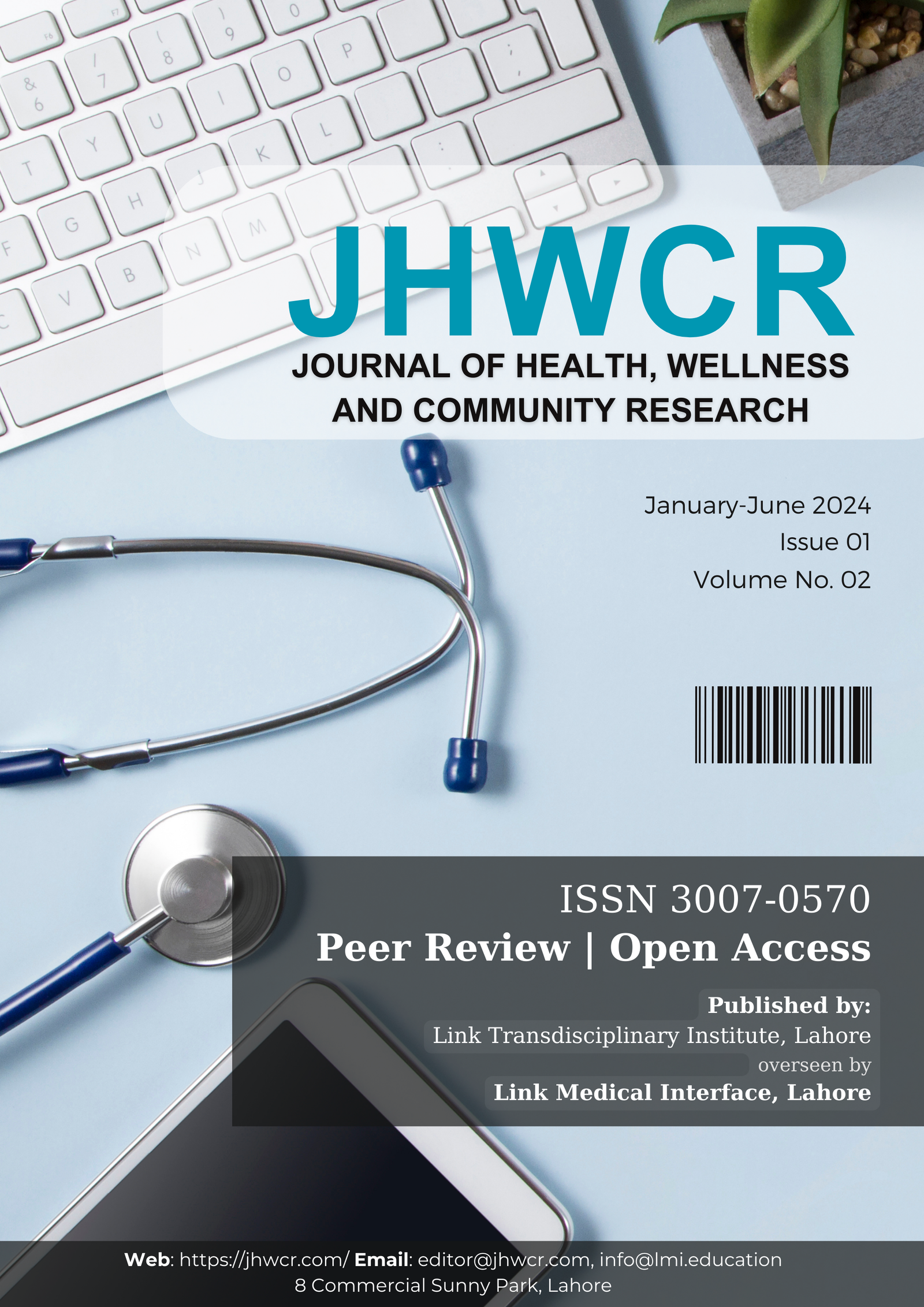Prevalence of Musculoskeletal Disorders Among Computer Users of Lahore City Through Standardized Nordic Questionnaire
DOI:
https://doi.org/10.61919/zrtpnt60Abstract
Background: Musculoskeletal disorders (MSDs) are a significant occupational health concern among computer users, yet local prevalence data from developing urban settings like Lahore remain scarce, limiting evidence-based preventive strategies. Objective: This study aimed to determine the prevalence and anatomical distribution of MSDs among computer users in Lahore, focusing on frequency, functional limitation, and healthcare utilization using validated assessment tools. Methods: A descriptive cross-sectional study was conducted among office workers aged 20–40 years (n = 353) who used computers for at least six hours daily over the preceding year, excluding those with trauma or pre-existing musculoskeletal disease. Participants were recruited from software houses and computer shops using direct and email invitations and completed the Standardized Nordic Questionnaire to assess MSD symptoms. Ethical approval was obtained in compliance with the Declaration of Helsinki. Data were analyzed using SPSS v16.0, employing descriptive statistics and the Pearson Chi-Square test to evaluate associations. Results: The overall prevalence of MSDs was highest in the shoulder (46.78%) and neck (44.74%), followed by lower back (25.42%), upper back (23.29%), and other regions. A substantial proportion reported activity limitations and healthcare consultations, underscoring the clinical impact. Conclusion: MSDs are prevalent among computer users in Lahore, particularly in the shoulders and neck, highlighting the need for workplace ergonomic interventions and preventive health policies to reduce occupational morbidity.
Downloads
Published
Issue
Section
License
Copyright (c) 2025 Muhammad Usman Ali, Hafsa Khan, Hafsa Khan, Muhammad Jabbar, Atika Hashmi, Sajjad Ali Sajjad (Author)

This work is licensed under a Creative Commons Attribution 4.0 International License.


